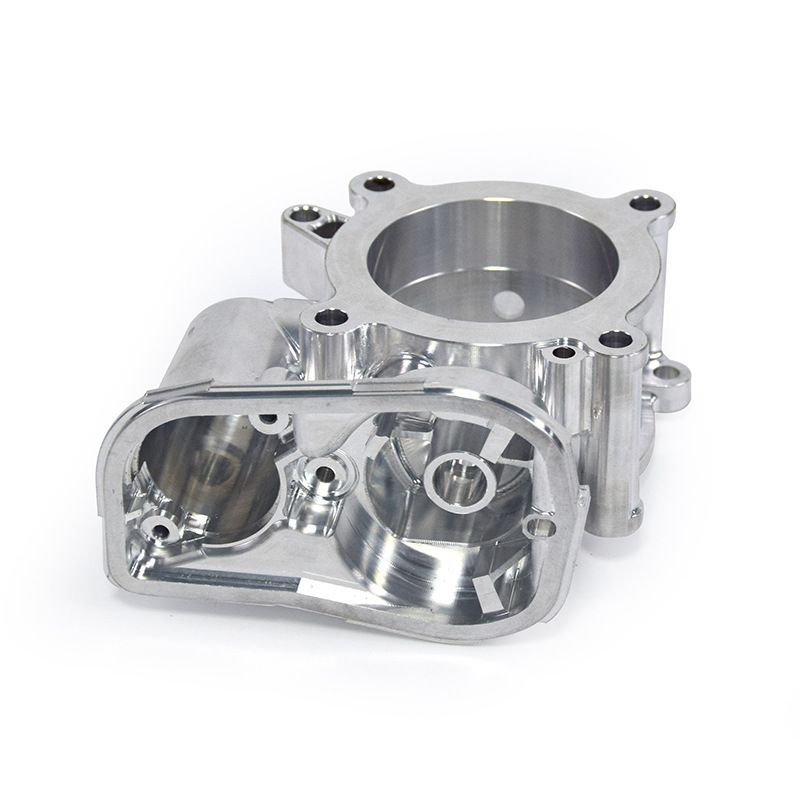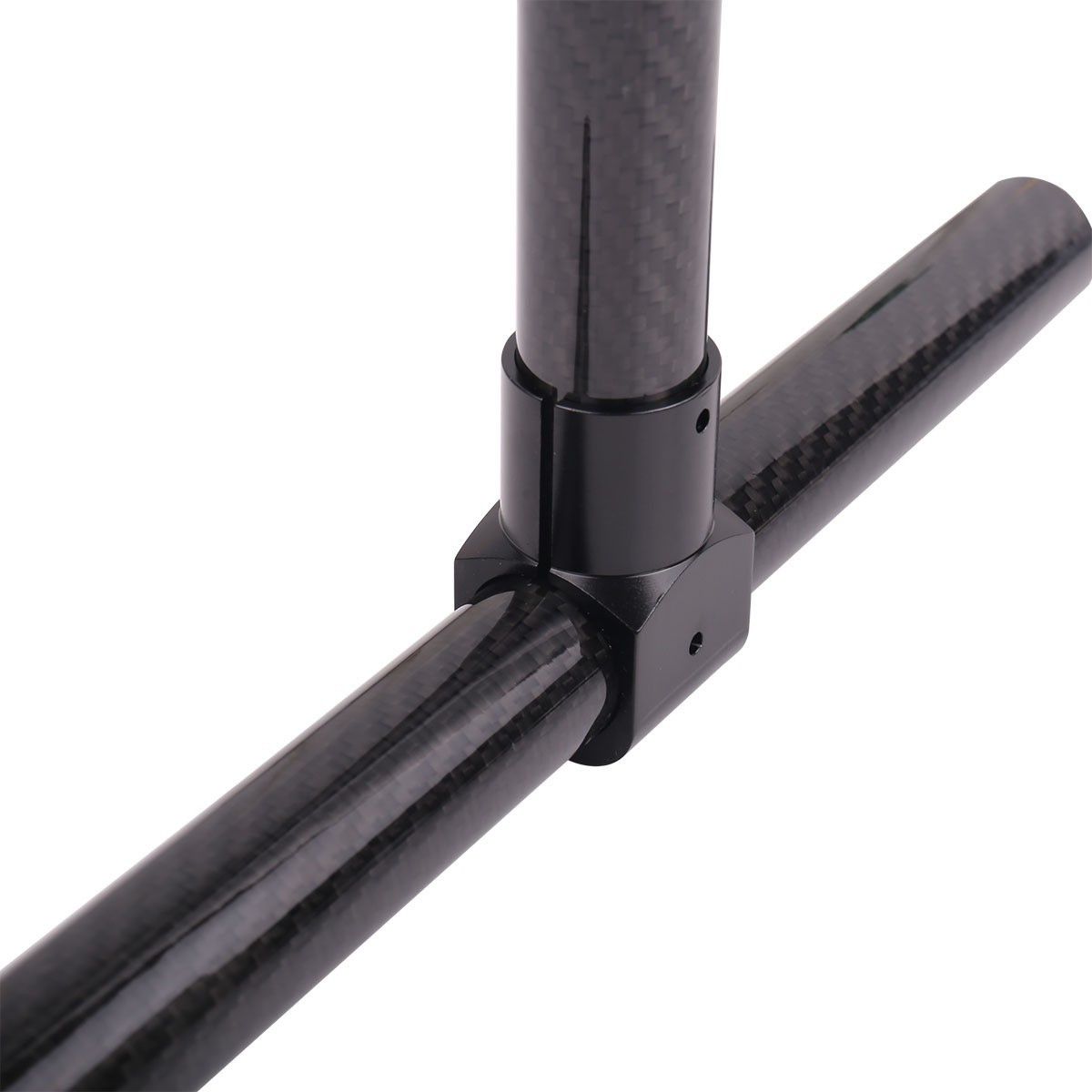The traditional die-casting process mainly consists of four steps, also known as high-pressure die-casting. These four steps include mold preparation, filling, injection, and sand drop, which are also the foundation of various improved die casting processes.
During the preparation process, lubricant needs to be sprayed into the mold cavity, which not only helps to control the temperature of the mold, but also helps to demould the casting. Then the mold can be closed and the molten metal can be injected into the mold under high pressure, with a pressure range of approximately 10 to 175 MPa. After the molten metal is filled, the pressure will be maintained until the casting solidifies. Then the push rod will push out all the castings, as there may be multiple cavities in a mold, multiple castings may be produced during each casting process.
The process of sand removal requires the separation of residues, including the molding port, runner, gate, and flash. This process is usually completed by squeezing the casting with a special trimming mold. Other methods of sand removal include sawing and polishing. If the gate is relatively fragile, you can directly hit the casting, which can save manpower. The excess molding port can be reused after melting. The usual yield is approximately 67%.
 High pressure injection causes the filling speed of the mold to be very fast, so that the molten metal can fill the entire mold before any part solidifies. In this way, even thin-walled parts that are difficult to fill can avoid surface discontinuity. However, this can also lead to air retention, as it is difficult for air to escape during rapid mold filling.
High pressure injection causes the filling speed of the mold to be very fast, so that the molten metal can fill the entire mold before any part solidifies. In this way, even thin-walled parts that are difficult to fill can avoid surface discontinuity. However, this can also lead to air retention, as it is difficult for air to escape during rapid mold filling.
By placing exhaust ports on the parting line, this problem can be reduced, but even very precise processes can leave pores in the center of the casting.
Most die-casting can be achieved through secondary processing to complete structures that cannot be completed through casting, such as drilling and polishing.
After the sand drop is completed, defects can be inspected, and the most common defects include stagnant flow (insufficient pouring) and cold scars. These defects may be caused by insufficient temperature of the mold or molten metal, metal mixed with impurities, too few ventilation ports, and too much lubricant.
Other defects include porosity, shrinkage, hot cracking, and flow marks. Flow marks are traces left on the surface of castings due to gate defects, sharp corners, or excessive lubricant.
Water-based lubricants, known as emulsions, are the most commonly used type of lubricant due to health, environmental, and safety considerations. Unlike solvent based lubricants, if minerals in water are removed using appropriate processes, it will not leave by-products in the casting.
If the water treatment process is not appropriate, the minerals in the water can cause surface defects and discontinuities in the casting. There are four main types of water-based lubricants: water mixed with oil, oil mixed with water, semi synthetic, and synthetic. Lubricants mixed with water and oil are the best because when using lubricants, water will evaporate and cool the surface of the mold while depositing oil, which can help with demolding. Usually, the proportion of this type of lubricant is 30 parts water mixed with 1 part oil. In extreme cases, this ratio can reach 100:1.
 Oils that can be used as lubricants include heavy oils, animal fats, plant fats, and synthetic fats. Heavy residual oil has high viscosity at room temperature, while at high temperatures in die casting processes, it becomes a thin film. The viscosity and thermal properties of lotion can be controlled by adding other substances into the lubricant. These substances include graphite, aluminum, and mica. Other chemical additives can prevent dust and oxidation. Emulsifiers can be added to water-based lubricants, so that oil-based lubricants can be added to the water, including soap, alcohol, and ethylene oxide.
Oils that can be used as lubricants include heavy oils, animal fats, plant fats, and synthetic fats. Heavy residual oil has high viscosity at room temperature, while at high temperatures in die casting processes, it becomes a thin film. The viscosity and thermal properties of lotion can be controlled by adding other substances into the lubricant. These substances include graphite, aluminum, and mica. Other chemical additives can prevent dust and oxidation. Emulsifiers can be added to water-based lubricants, so that oil-based lubricants can be added to the water, including soap, alcohol, and ethylene oxide.
For a long time, solvent based lubricants commonly used include diesel and gasoline. They are beneficial for casting detachment, but small explosions occur during each die-casting process, which leads to the accumulation of carbon elements on the mold cavity wall. Compared to water-based lubricants, solvent based lubricants are more uniform.
Previous: Brief Introduction To Die Casting
Next: Die Casting Equipments
 Send A Message
Send A MessageIf you are interested in our products and want to know more details,please leave a message here,we will reply you as soon as we can.